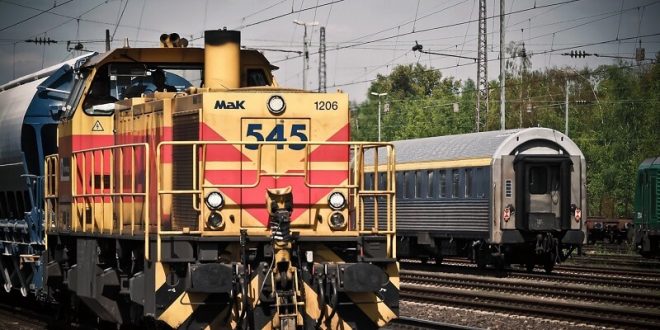Hey guys, in this article, we are going to discuss the main factors determining rail freight rates. So keep reading.
Countries well-equipped with good railway structures use it for transporting goods all across its length and breadth. They can carry any item by using the various types of carriers available.
But it’s seen that people are concerned with transportation costs more than any other queries when they decide to use this freight mode. They must understand that various factors determine the costs. Each demand is different. And so is the charge for transportation. However, some common factors determine the rates of rail freight.
Read on to learn more about the main factors determining rail freight rates.
The Size Of Your Consignment
The volume of your cargo is one of the main factors that determine your shipping cost. Whether your goods need a full truckload (FTL) or lesser than a truckload (LTL) will give you your estimated transportation cost. So, while seeking freight quotes, you will always be asked to mention the weight and type of products you wish to ship.
Distance Of Your Route
You will be sending the goods to a definite place. The distance between the origin and the destination place regulates the calculation of the price. So, the distance of your route influences the cost of transportation. Interestingly, some countries offer a reduction of rate with the increase of the route distance. For long-distance shipments, rail freight rates are sometimes the cheapest as compared to other modes.
The Fuel Charges
The cost of land transport always depends on the fuel costs. If the fuel price falls, you will have a lower shipping rate. And if the fuel cost surges, surely the rail freight rates will experience an additional cost.
Pick-up and Delivery Location
Depending on the place of pick-up and delivery of your goods, the price is determined. Different destinations have different types of fees that you have to pay. The time your cargo train spends on a distinct location and the time needed to unload and reload the items influence the freight rates.
Operational Charges
Shipping costs are also calculated based on the operational costs of a definite port. The number of wagons, type of carrier required, and the track to be used for the purpose – all have separate fees that get added to your transportation cost.
Demand For Freight
If the carriers’ capacity is limited, operators may try to sell space at a hiked rate. On the other hand, you may bargain your price if you find the business is running low. But these negotiations are only temporary.
Types Of Transported Goods
The kind of items you will be transporting also determines the final pricing. Consumer goods, special merchandise, hazardous goods – all have different transportation charges.
Insurance
Getting insurance for your products is always a good idea as accidents may happen at any time. That increases your freight transport cost by a significant amount.
Governmental Regulations
Governmental interventions are also responsible for determining the rates. New regulations directly impact the industry. For commercial operators, the maximum operational time is often fixed by the government of some countries.
Conclusion
The main factors determining rail freight rates. Other reasons like the availability of commercial drivers, customer loyalty, your reputation as a merchant, and geopolitical events can increase or decrease the rate.
 free html design Free html design templates
free html design Free html design templates






